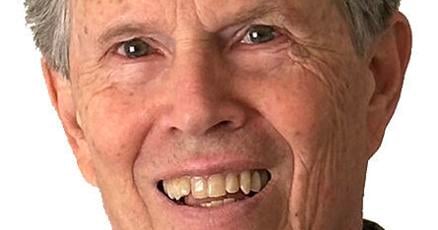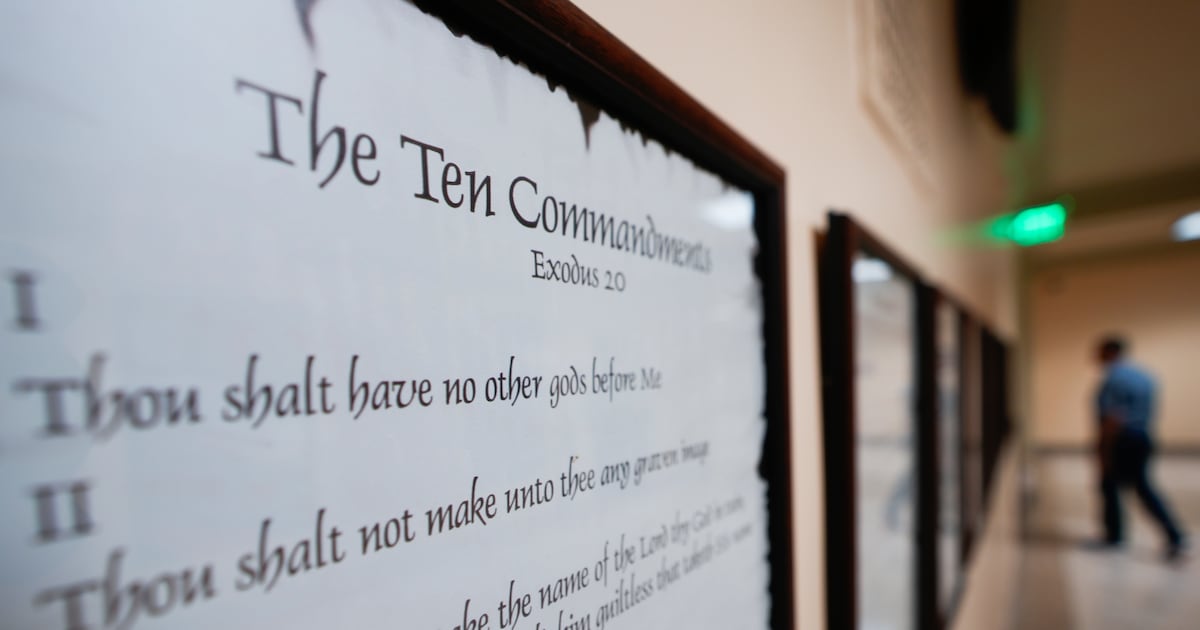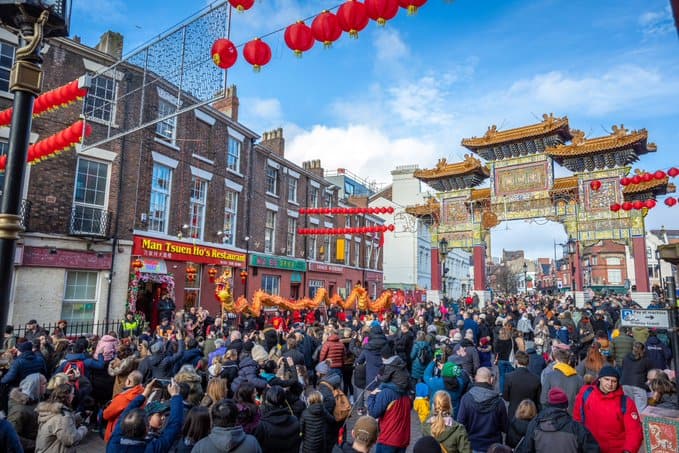
Faith, Education, and Boundaries: Supreme Court Wrestles with Charter School Controversy
This legal challenge represents a pivotal moment for the Supreme Court's conservative justices, potentially reshaping the landscape of religious institutions' access to public funding. At its core, the case scrutinizes the current restrictions preventing religious schools from participating in charter school programs nationwide—a barrier that could soon crumble under the court's potential ruling. The case emerges as a critical test of the conservative majority's willingness to dismantle legal obstacles that have traditionally kept religious educational institutions separate from taxpayer-funded educational initiatives. By challenging the existing exclusion of religious schools from state charter school programs, the case could fundamentally transform how public education intersects with religious freedom. With implications that extend far beyond a single legal dispute, this case represents a significant opportunity for religious schools to gain unprecedented access to public educational resources. The Supreme Court's decision could potentially redefine the boundaries between church and state in the educational sector, marking a potentially landmark moment in the ongoing dialogue about religious institutions' rights and public funding.










